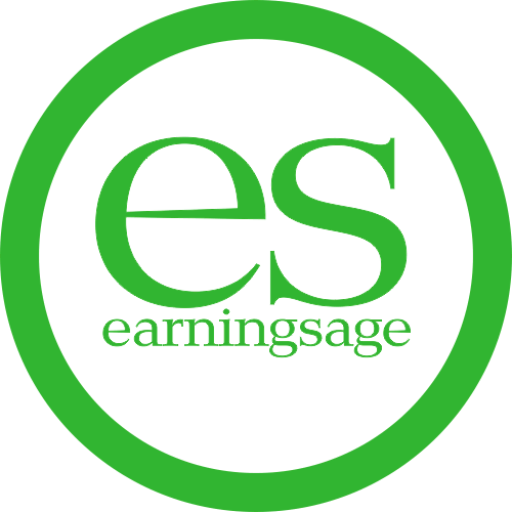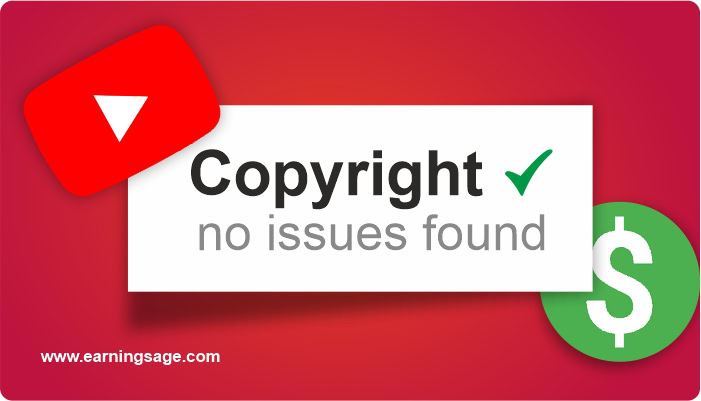Picture this: you’ve poured your heart and soul into creating an awesome YouTube video. You hit publish, excited to share it with the world… only to be greeted by a dreaded copyright claim. It’s like a digital slap in the face, leaving you frustrated and confused. 😩
But fear not, fellow creators! You’re not alone in this struggle. YouTube copyright claims are a common hurdle that many of us face. The good news is, they’re not insurmountable. With the right knowledge and strategies, you can navigate these choppy waters and keep your channel thriving. 🚀
In this comprehensive guide, we’ll break down everything you need to know about YouTube copyright claims. We’ll explore what they are, why they happen, and most importantly, how to deal with them effectively. We’ll even share some insider tips on how to prevent those pesky claims from popping up in the first place. So, let’s dive in! 🏊♀️
Unmasking the Beast: Understanding YouTube Copyright Claims 🕵️♀️

Let’s start with the basics. What exactly is a YouTube copyright claim? In essence, it’s a notification from YouTube that you’ve used someone else’s copyrighted material in your video. This could be anything from a popular song snippet to a movie clip, or even a seemingly harmless image.
Think of copyright as a form of ownership. Just like you wouldn’t want someone taking your hard-earned possessions without permission, creators have the right to protect their original work. YouTube’s copyright system is designed to uphold these rights. ⚖️
While copyright claims are essential for protecting creators, they can be a major roadblock for those of us trying to build a successful YouTube channel. They can impact your ability to earn ad revenue, limit your video’s visibility, and in severe cases, even jeopardize your entire channel. 😬
The Usual Suspects: Common Triggers for Copyright Claims ⚠️
So, what typically sets off these copyright alarms? Let’s take a look at some of the most common culprits:
- Music: Using copyrighted songs or background music without permission is a one-way ticket to Claimville.
- Video Clips: Incorporating snippets from movies, TV shows, or other people’s videos without authorization is a big no-no.
- Images: Even using images you found online (even if they’re labeled as “free to use”) can trigger a claim if you don’t have the proper rights.
- Sound Effects: Believe it or not, even certain sound effects can be copyrighted. So, be mindful when adding those dramatic explosions or quirky sound bites! 💥
The safest bet is to create your own original content or use resources that are explicitly labeled as royalty-free. There are plenty of websites and libraries offering free-to-use music, sound effects, and images. Do your research and stay on the right side of the copyright law! 👩⚖️
YouTube’s Copyright Check: Your First Line of Defense 🛡️

Thankfully, YouTube has a built-in copyright checker that scans your videos for potential issues before they go live. This happens during the upload process, so keep an eye on the “Checks” section.
If YouTube detects any copyrighted material, you’ll receive a notification. At this point, you have a couple of options:
- Dispute the claim: If you believe the claim is incorrect (maybe you have permission to use the content or it falls under fair use), you can dispute it.
- Take action to remove or replace the copyrighted content: This is often the simplest solution. You can either trim out the problematic part of your video or swap it with something you have the rights to use.
Facing the Music: Reviewing a Copyright Claim 🎼
If you do receive a copyright claim, don’t panic! Take a deep breath and carefully review the details provided by YouTube. They’ll tell you exactly what content is causing the issue and how it might affect your video.
The impact of a claim can vary. Sometimes, the copyright holder might just want to monetize your video, meaning they’ll get the ad revenue instead of you. In other cases, your video might be blocked in certain countries or even taken down completely.
Fighting Back: Removing or Disputing a Claim ⚔️

So, what can you do if you find yourself in this predicament? You have two main options:
- Remove the content: As mentioned earlier, this is often the quickest and easiest solution. If you can edit out the copyrighted material without affecting the overall quality of your video, go for it! ✂️
- Dispute the claim: If you believe the claim is unjustified, you can submit a dispute. This involves providing evidence that you have the right to use the content or that your use falls under fair use (a legal doctrine that allows limited use of copyrighted material under certain circumstances).
Disputing a claim can be a bit more complex, so make sure you have a strong case before proceeding. If you’re unsure, consider seeking legal advice.
Turning the Tables: Protecting Your Own Content 🔄
What if you’re the one whose content has been used without permission? YouTube’s Copyright Matching Tool is a powerful ally in this situation. It scans YouTube for videos that might be using your copyrighted material. If it finds any matches, you can take action, such as requesting a video removal or contacting the uploader directly.
Remember, protecting your own creative work is just as important as respecting the rights of others.
Prevention is Key: Proactive Tips to Avoid Copyright Claims 🔑

The best way to deal with copyright claims is to avoid them in the first place. Here are some proactive tips to keep your channel in the clear:
- Create original content: This is the golden rule of YouTube success. The more original your content, the less likely you are to encounter copyright issues.
- Use royalty-free resources: Take advantage of the wealth of free-to-use music, sound effects, and images available online.
- Double-check your content: Before hitting that upload button, make sure you have the rights to use all the elements in your video.
- Stay informed: YouTube’s copyright policies can change, so stay up-to-date on the latest rules and guidelines.
Conclusion: Keep Creating, Keep Shining! ✨
Dealing with copyright claims can be a bit of a learning curve, but armed with the right knowledge and tools, you can confidently navigate this aspect of YouTube. Remember, the key is to be proactive, respect copyright laws, and focus on creating amazing, original content that your audience will love. ❤️
So, go out there and keep those creative juices flowing! The world is waiting to see what you come up with next. And if you ever encounter any copyright bumps along the way, just remember, you’ve got this! 💪
Additional Tips & Tricks:
- Consider using Creative Commons licensed content: This type of license allows creators to share their work under certain conditions, often requiring attribution. It’s a great way to find high-quality content you can use legally.
- Reach out to copyright holders for permission: If you really want to use a specific piece of copyrighted material, try contacting the owner directly to ask for permission. You might be surprised at how often they say yes!
- Keep track of your permissions: If you do get permission to use copyrighted content, make sure you keep a record of it. This can be helpful if you ever need to prove your case in a dispute.
- Don’t give up! Dealing with copyright claims can be frustrating, but don’t let it discourage you from creating. Keep learning, keep adapting, and most importantly, keep sharing your unique voice with the world. 🌎
Remember, the YouTube community is vast and supportive. If you have questions or need advice, don’t hesitate to reach out to other creators or online forums. We’re all in this together! 🤝
Now go forth and conquer those copyright claims! Your channel’s success awaits! 🎉



No Comment! Be the first one.